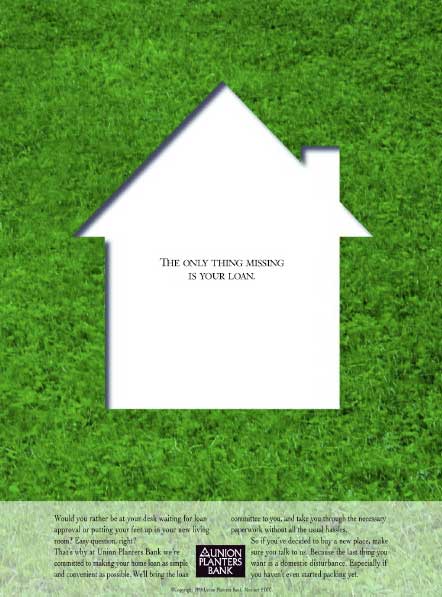Overcome Water Damage Mold Successfully
Molds are fungi that aid in the decomposition of leaves. However, when they invade our houses as a result of a flood, hurricane, sewage overflow, or other disaster, they can represent a major threat to our health. They grow on a variety of surfaces, including wood, tiles, wallpaper, moist carpets, sheet rock, paints, and other materials. Mold development is substantially rapid following water damage, especially. Have a look at Water Mold Fire Restoration of Miami for more info on this. Some moulds are harmless to humans, but others have a proclivity for producing toxins known as “mycotoxins.” These are extremely dangerous and can also cause allergies. Asthmatics and tiny children are particularly vulnerable to the consequences of mould development. Furthermore, persons exposed to high levels of mycotoxins may have irritation in their eyes and lungs, nausea, headaches, lethargy, and other symptoms. As a result, it’s critical to get the water damage cleaned up as soon as possible.
Individuals / homeowners typically engage a water damage restoration business to extract and clean water from their homes. This appears to be a sensible alternative, as they take the necessary procedures to remove and clean up water damage. Once they’ve completed the process, they’ll need to get rid of the mould as well. Then, and only then, receive the treatment you require; this will assist you in living a healthy life.
Natural disasters cannot be avoided, but we must take certain preventative precautions at home to prevent mould growth:
– Check for water leaks from taps, pipes, and roofs; if any exist, have them repaired as soon as possible.
– Improve the airflow in your home by opening windows and doors on a regular basis. Fans can be used to circulate fresh air around the house.
– Move heavy and bulky objects a few inches away from the home’s interior. This will assist in improving air circulation.
– Install and operate exhaust fans in your kitchen, laundry area, and bathroom.
– Attics and crawl spaces require proper ventilation and insulation. Covering the crawl space floor with a good quality heavy plastic sheet is recommended.
– Clean and dry your carpets if you have them. To prevent mould formation, properly remove, wash, clean, and dry the bedding, clothing, and upholstery, as their fabric has a tendency to attract moulds.
– Vacuum and clean your home on a regular basis to eradicate mould spores from the roots.
– When it’s humid or cold outside, it’s important to clear the water droplets and evidence of condensation. This will aid in the prevention of mould formation.







